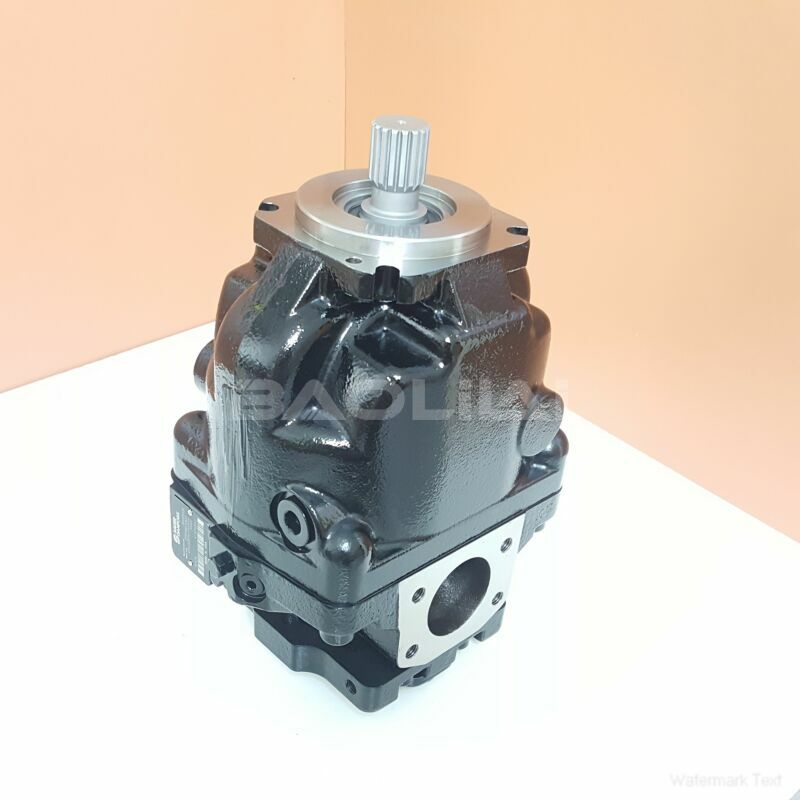ERR100BCN1410NNN3S1APA1NNNNNNNNNN hydraulic oil pump
ERR100BCN1410NNN3S1APA1NNNNNNNNNN hydraulic oil pump

- Product Details
- Applicable Scene
Hydraulic systems are essential in various applications, particularly in power generation. However, one of the most common issues faced in these systems is pressure loss in hydraulic pumps. Understanding the causes and solutions for this problem can significantly enhance system efficiency and reliability. This article discusses the factors leading to pressure loss in hydraulic pumps and provides strategies to address them.
ER-R-100B-CN-14-10-NN-N-3-S1AP-A1N-NNN-NNN-NNN
ERR100BCN1410NNN3S1APA1NNNNNNNNNN
To begin with, it is crucial to recognize the factors contributing to pressure loss in hydraulic circuits. One of the primary reasons is the design of the hydraulic circuit itself. Inadequate sizing of hoses, pipes, or filters can lead to increased resistance and subsequently lower pressure. Additionally, any bends or restrictions in the fluid path can cause turbulence, further diminishing pressure levels.

83062247
Another common culprit is the condition of the hydraulic fluid. Contaminants can accumulate over time, leading to clogging in the filters and reducing the flow rate. Furthermore, using the wrong type of hydraulic fluid can also contribute to viscosity issues, affecting pressure levels and pump performance.
Pump wear and tear is another factor that can lead to pressure loss. Pumps are subjected to significant mechanical stress during operation, and over time, wear can diminish their efficiency. This includes the degradation of seals, bearings, and other internal components, which can lead to leaks and reduced pressure output.
To effectively manage and resolve pressure loss in hydraulic pumps, the following strategies can be implemented:
Proper System Design: Ensure that the hydraulic circuit is correctly designed with appropriately sized hoses, pipes, and fittings. Straight runs are preferable to minimize turbulence, and bends should be gentle to maintain pressure.





